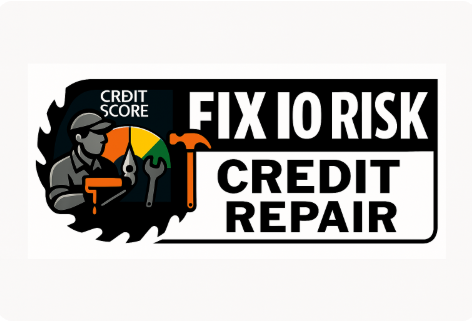What is the most common item on a credit report? It’s not public records, collection or inquiries. No the most common item on a credit report is a “trade line.” It’s also one of the most common terms used in the credit industry.
We tend to spell it incorrectly though. The industry usually spells it as one word instead of two. Tradelines, or Trade Lines, are simply your credit accounts, which are reported to the credit reporting agencies. Each tradeline contains detailed information about the account.
Below is a list of attributes of a tradeline, though not every tradeline will contain every item.
- Account name – This lists the name and address of the lender/creditor.
- Account number – Your credit card or loan number, but not displayed in full for security purposes. Normally it’s truncated or jumbled.
- Type of Account –There are four account types: revolving, open, installment, or mortgage. A revolving account is usually a retail card, bankcard, or gas card. If you don’t pay in full, the amount you owe revolves and it is added on to what you owe the following month. Installment loans are accounts in which you owe a fixed amount each month for a specified time frame. Open accounts require you to pay in full each month. A mortgage is an installment loan so, same payment for some fixed period of time.
- Account Owner/responsibility – There are a variety of “responsibility” options: joint, authorized user, cosigner and individual. Joint is usually an account shared by a husband and wife; both are responsible for paying because both have “signed” for the loan. An authorized user is specific to credit cards. They authorized user has a card in their name but they are not liable for payments. A Cosigner is responsible for paying if the primary signee doesn’t. And, an individual account means only one person is responsible for payments, except in the community property states.
- Payment status – The description of how you pay your bills currently. The best is “pays as agreed.” It gets worse from there. The list and description of other ways to pay follows:
Pays as agreed
30 days late (30-59 days past due)
60 days late (60-89 days past due)
90 days late (90-119 days past due)
120 days late (120-149 days past due)
150 days late (159-179 days past due)
180 days late (180 days late and above)
Repossession
Charge off
Bankruptcy
In addition, the tradeline reports important dates associated with an account. For example;
- Date opened – The date the account was opened.
- Date reported – The last date the account was reported or updated on the credit report.
- Date of last activity –The date there was activity on the account, which is a payment or billing.
- Date closed –The date the account was closed by you or the credit grantor.
- High credit – The maximum amount ever owed, usually specific to credit cards.
- Credit Limit – The maximum amount of credit approved or the loan amount or credit card.
- Balance – The amount you owe as of the date reported.
- Terms – The monthly payment and number of months of the installment loan.
- Months reviewed – The number of months this account has been reported, which is the age of the current account. If it is closed it will be the age until it was closed.
- Date of first delinquency – The first date that you were past due or at least 30 days late. This date is sometimes used as the “purge from” date.
- Historical payment status – This is available for up to 7 years with the month and historical delinquency rating indicated. It can be displayed in a grid, with usually 24 months included. These are sometimes called “PHRs” (Previous High Rates) or “30/60/90 Buckets”, although it’s the same as your historical delinquency.
